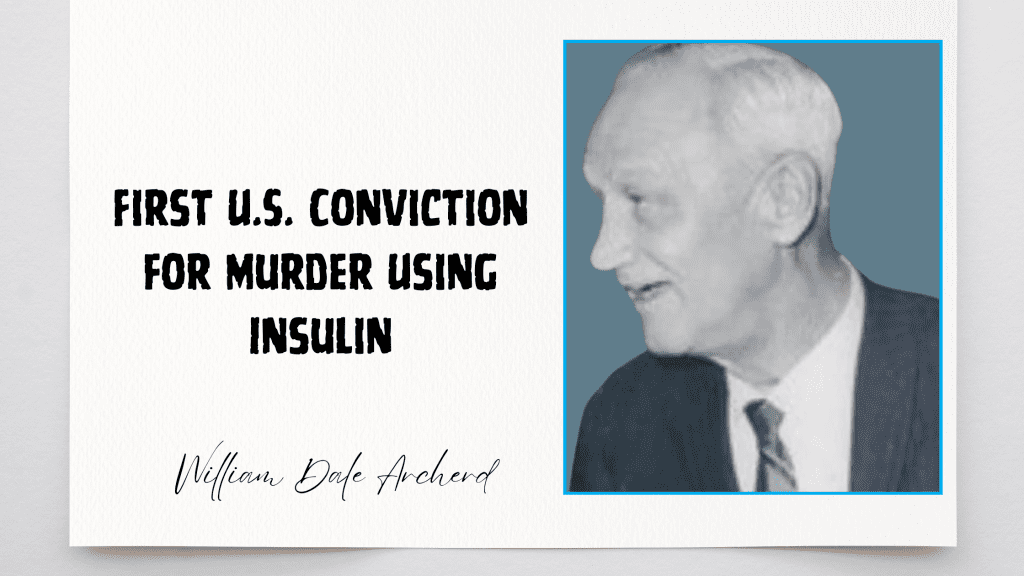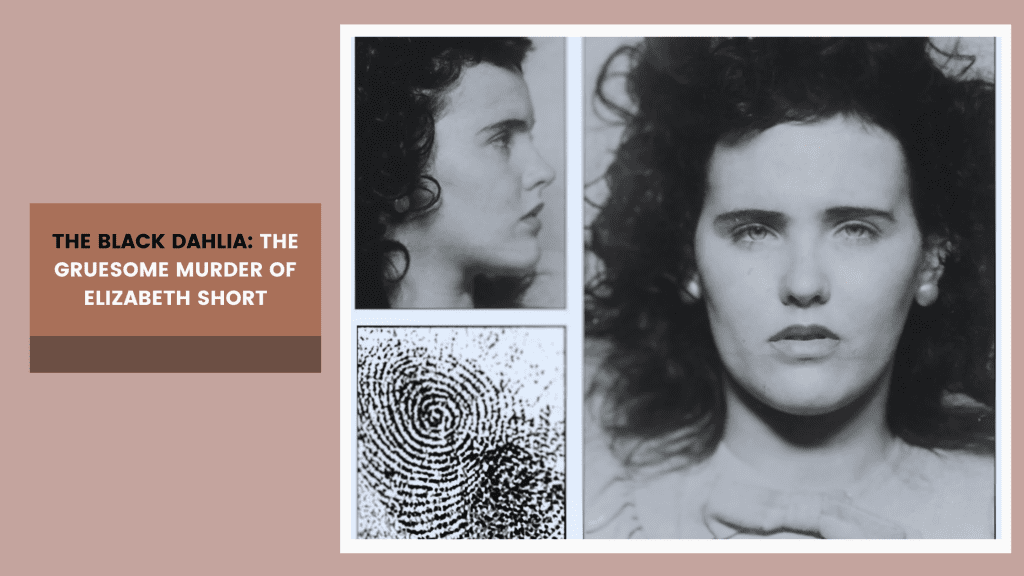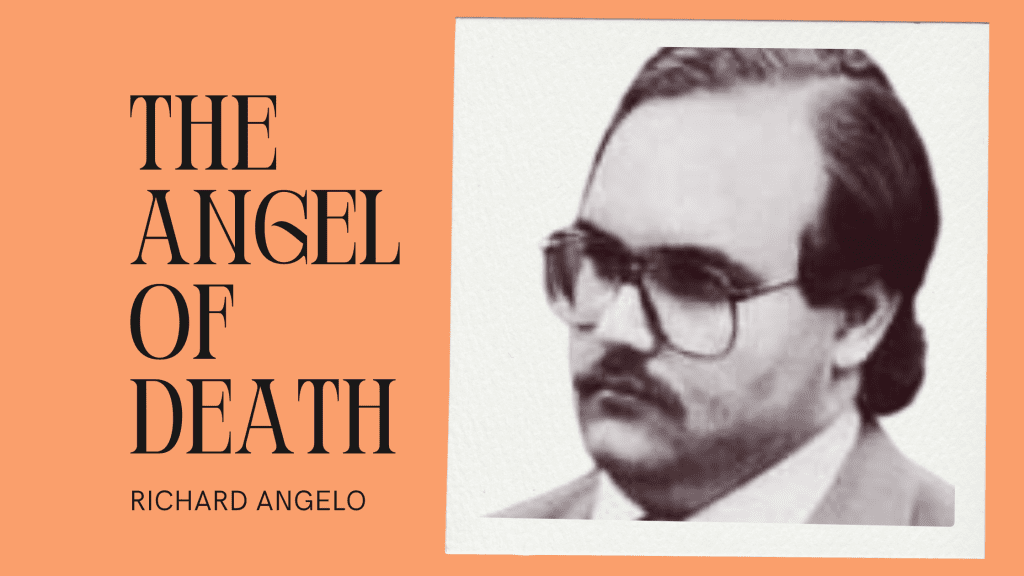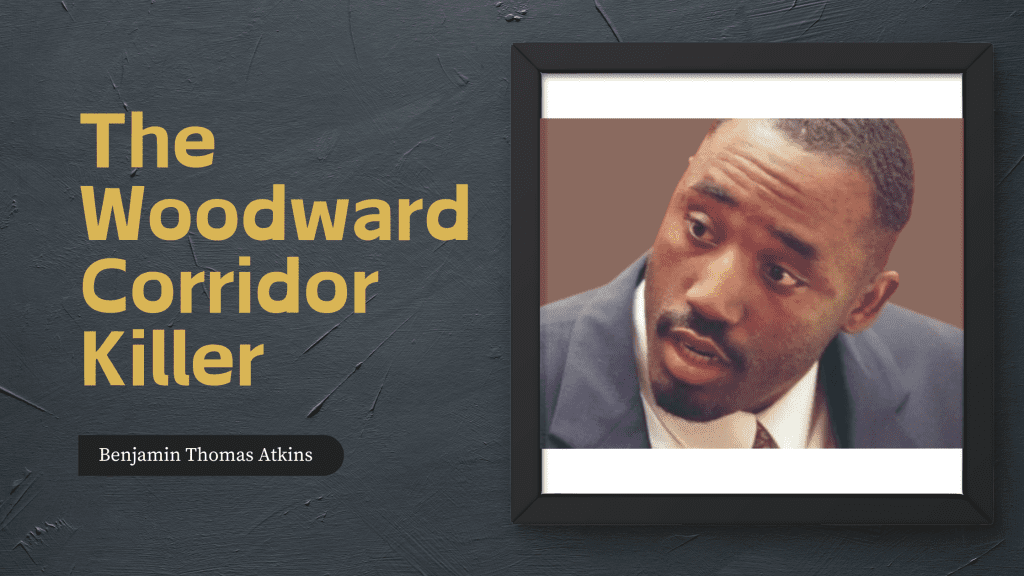William Dale Archerd was born on the 5th of May, 1912, in Dardanelle, Arkansas. From a young age, he was fascinated with medical science and aspired to be a doctor. However, due to financial constraints or perhaps a lack of discipline or ability, he never officially studied medicine. Instead, he gravitated towards jobs in a medical setting.
Early Career at Camarillo State Hospital
On the 1st of December, 1939, at the age of 27, William began working as a hospital attendant at the Camarillo State Hospital. During his two-year employment, he lived on the hospital grounds and learned what he could of the medical profession through practical experience. His position involved working in wards where patients were treated with insulin shock therapy, a treatment used at that time for mental illness. Patients were repeatedly injected with large but controlled doses of insulin to induce daily comas. This was a popular treatment in the United States and the United Kingdom during the 1940s and 1950s until medical research deemed it of limited use.
Life After the Hospital and Marriages
After quitting his job at the hospital, William held various other positions, including a period as a salesman. He married for the first time in his mid to late 30s to a woman named Eleanor, though it is unclear how the marriage ended. Shortly afterward, he married his second wife, Dorothea.
Legal Troubles and Imprisonment
In 1950, William was arrested in San Francisco for possession of morphine and was sentenced to five years of probation. He reoffended shortly after and was sent to the California Institution for Men in Chino, a minimum-security prison. There, he met fellow inmate John Dallas Lawrence, who had been convicted of theft. On the 8th of November, 1951, the pair escaped but were recaptured five days later without incident by California Highway Patrolmen. William was then sent to the notorious San Quentin prison to serve the remainder of his sentence, and he was released on parole in 1953.
Marital Issues and Suspicion of Murder
Three years later, on the 14th of May, 1956, his second marriage to Dorothea was annulled, and he entered into his third marriage to Zella the following day. Two months after their marriage, William reported a robbery at their home in Covina, Los Angeles, to the police. He claimed that two robbers had injected both him and Zella with hypodermic syringes before stealing $500. While Zella corroborated the story, she soon became dizzy, suffered convulsions, and fell into a coma, dying the next day. A subsequent investigation revealed puncture wounds on Zella’s body and a hypodermic needle in their home, but no definitive evidence of foul play was found.
A Pattern of Suspicious Deaths
After Zella’s death, William moved to Las Vegas, where he married for the fourth time, this time to a woman named Gladys. This marriage lasted less than six months before ending in divorce. By 1958, he had married his fifth wife, Juanita, who, two days after their wedding, was found in a coma and died shortly after. Her death was attributed to a suspected barbiturate overdose, although this was never confirmed.
William remarried Gladys, and during a business trip, his friend Frank Stewart died under suspicious circumstances. Though William claimed that Frank slipped on a banana peel at an airport, authorities were highly suspicious but lacked the evidence to implicate him.
Continued Suspicion and Family Deaths
In 1960, William’s brother Everett B. Archerd died during his employment, with no suspicion of foul play. However, 18 months later, William’s 15-year-old nephew Bernie died following a hit-and-run accident. Sergeant Harry Andre, who had investigated Zella’s death, was again drawn into William’s life when suspicions arose about Bernie’s death. Bernie had low blood sugar, which could have indicated insulin poisoning, but no evidence was available to confirm this.
Read more on our blog: Richard Angelo: The Angel of Death & Betrayed Trust
Investigations and Final Arrest
By the mid-1960s, William had married his seventh wife, Mary Brinker Post, a successful romantic novelist. Shortly after their marriage, Mary was involved in a minor car accident but later died from complications, including a low blood glucose level. This death prompted a new investigation into William’s involvement in multiple suspicious deaths.
In 1967, William was arrested and charged with the murders of his wives Zella, and Juanita, and his nephew Bernie. The prosecution attempted to prove murder by insulin, a groundbreaking and difficult task at the time.
Trial and Sentencing
The trial, which began on the 4th of December, 1967, involved over 170 witnesses and 200 exhibits. William pleaded not guilty, but the judge found him guilty of three counts of first-degree murder. On the 6th of March, 1968, he was sentenced to death in the gas chamber at San Quentin State Prison. Despite his death sentence, William’s sentence was commuted to life imprisonment in 1972 after the U.S. Supreme Court ruled that the death penalty was cruel and unusual punishment.
William Archerd died of pneumonia on the 29th of October, 1977, in Vacaville, California, at the age of 65.





Pingback: John Eric Armstrong: Navy Veteran Turned Serial Killer